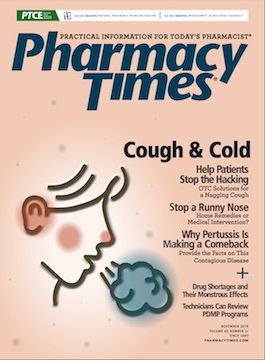Publication
Article
Pharmacy Times
Implementing Critical Pathways of Clinical Care at Moose Pharmacy
Author(s):
Why are we implementing critical pathways for care delivery? Because I want Moose Pharmacy to be around another century and a half.
Moose Pharmacy in Mount Pleasant, North Carolina, opened in the fall of 1882. Why are we implementing critical pathways for care delivery? Because I want Moose Pharmacy to be around another century and a half.
For years, my community pharmacy has claimed that it is different, yet we continue to focus on filling prescriptions accurately, cheaply, and quickly, thinking that will get us to the next fiscal year. But we cannot rely on dispensing alone anymore to survive. We need to implement critical pathways to care delivery.
Recently, we asked ourselves: Do we always care for patients, or do we do it only when we are not busy or when someone requests it? Do we have a process in place that everyone in our workflow knows? If that process is not followed just 1 time, will someone be held accountable? Are we documenting what we are doing every time so we can show others that we are doing something different?
Does your pharmacy have a list of its patients with hypertension, and is your process to do clinical synchronization of their medications? Do you check their blood pressure (BP), collect home BP readings, document your findings, and share the important findings with the care team? Why not? All your staff should have roles in making sure this gets done every time. The technician who receives a prescription or refill or starts the sync call should ask every patient what their home BP reading is and document it. The cashier should remind the patient at pickup to record BP measures at home and make sure they have a BP log. The pharmacist should evaluate the home-generated and in-pharmacy BP readings and documents findings. The pharmacy student should reinforce the importance of controlling BP and adherence to medications. The prescription should not leave the pharmacy without a reading and action.
If someone misses a step in the process, coaching is required. We all have to be accountable for our part of the process. We all have to be accountable for implementing the critical pathway for clinical care, and we have to hold others accountable too.
Joe Moose, PharmD, is a clinical pharmacist and co-owner of Moose Pharmacy and its 6 locations in North Carolina.







